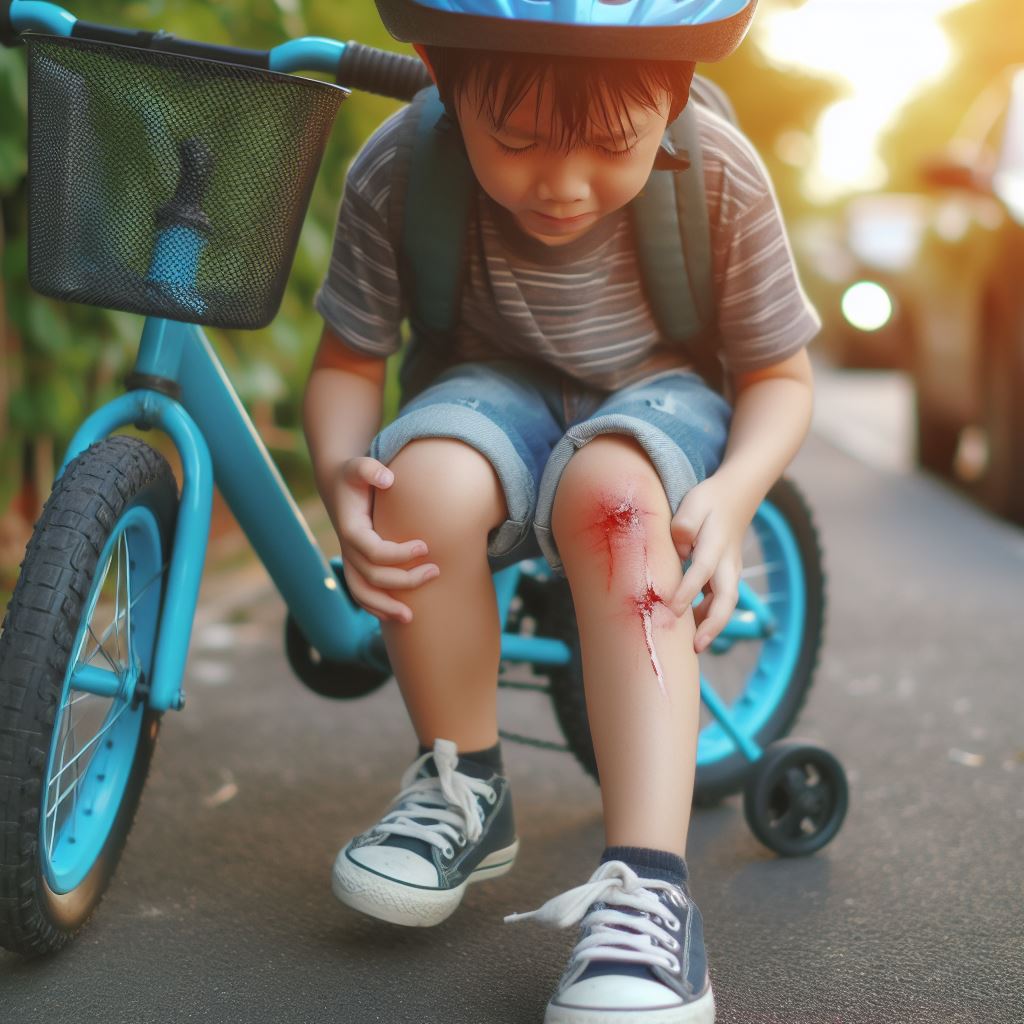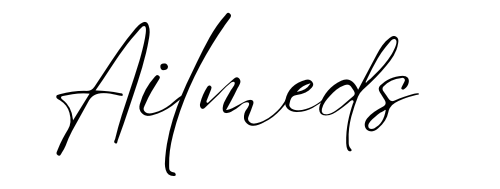Minor Cuts and Abrasions

Minor cuts and abrasions (scrapes) can usually be treated at home with proper care to prevent infection and promote healing. Here are some over-the-counter (OTC) treatment options and general care recommendations:
1. Cleansing: Mild Soap and Water: This is the most straightforward way to clean a wound. Gently wash away dirt and debris and pat dry with a clean towel.
Antiseptic Wipes or Solutions: These can help clean the wound. Examples include hydrogen peroxide (though it may delay healing if used excessively), iodine solutions, and alcohol pads.
2. Topical Antibiotic Ointments:
Neosporin (contains bacitracin, neomycin, and polymyxin B)
Polysporin (contains bacitracin and polymyxin B)
Bacitracin ointment
These ointments can help prevent infection in minor wounds.
3. Adhesive Bandages: Brands like Band-Aid, Nexcare, and others provide a protective barrier to keep dirt and bacteria out and maintain a moist healing environment. There are various sizes and types available based on the wound’s location and size.
4. Liquid Bandage: Products like New-Skin: These provide a protective, waterproof seal over the wound and can be especially useful for areas where traditional bandages might not stick well.
5. Hydrocolloid Dressings: These are moisture-promoting bandages that can be particularly effective for blister care or larger abrasions. Brands include DuoDERM and Band-Aid Hydro Seal.
6. Sterile Non-Stick Pads: Useful for covering larger abrasions or cuts, they can be held in place with medical tape or adhesive strips.
7. Adhesive Closure Strips: Brands like Steri-Strip or Butterfly Bandages: These can be used to close the edges of minor cuts that are slightly gaping but don’t require stitches.
8. Pain Relief: Over-the-counter pain relievers like acetaminophen (Tylenol) or ibuprofen (Advil, Motrin) can help manage pain associated with cuts or abrasions.
General Care Recommendations:
Start by washing your hands thoroughly.
After cleaning the wound, apply a thin layer of antibiotic ointment if there’s no allergy or contraindication.
Cover the wound with an appropriate bandage or dressing, changing it daily or whenever it becomes wet or dirty.
If the wound becomes red, swollen, increasingly painful, emits a foul odor, or produces yellowish liquid (pus), these could be signs of an infection, and you should consult a healthcare professional.
Ensure your tetanus vaccination is up-to-date, especially if the cut was caused by a rusty or dirty object.
For deep cuts, those with jagged edges, or cuts that don’t stop bleeding after several minutes of direct pressure, seeking medical attention is crucial as stitches or further medical care might be necessary.
Related: Insect bites and stings
Additional Information
Wound Assessment in Minor Cuts and Abrasions Treatment
Before beginning any minor cuts and abrasions treatment, it’s crucial to assess the wound. Understanding whether a cut is minor or requires medical attention is key to effective care. Look for signs like the depth of the cut, the presence of foreign objects, or excessive bleeding. If in doubt, always seek professional advice.
Home Remedies for Minor Cuts and Abrasions
While over-the-counter options are effective, home remedies can also aid in minor cuts and abrasions treatment. Natural healers like aloe vera, honey, and turmeric offer antiseptic and healing properties. However, ensure you’re not allergic to these remedies before application.
Understanding Wound Healing Stages
Knowing the stages of wound healing can help you manage expectations during minor cuts and abrasions treatment. Wounds heal in four stages: hemostasis, inflammation, proliferation, and maturation. Recognize each stage for better wound care and to identify any complications early.
Prevention Tips in Minor Cuts and Abrasions
Preventing cuts and abrasions is as important as treating them. Wear appropriate protective gear during risky activities and keep your environment safe to reduce the chances of getting cuts.
Special Considerations for Vulnerable Groups
When it comes to minor cuts and abrasions treatment, special populations like diabetics, children, and the elderly require extra care. Their skin and healing processes differ, so tailor your approach to these specific needs.
Role of Nutrition in Healing Minor Cuts and Abrasions
Good nutrition plays a vital role in the healing of minor cuts and abrasions. Foods rich in vitamins A and C, zinc, and protein can support the body’s healing process. Stay well-hydrated to aid in recovery.
Identifying Healing vs. Non-Healing Wounds
During minor cuts and abrasions treatment, it’s important to distinguish between healing and non-healing wounds. Signs of a non-healing wound include persistent redness, pain, or discharge. Consult a healthcare provider if you observe these symptoms.
Managing Allergic Reactions
Be aware of potential allergic reactions to products used in minor cuts and abrasions treatment. Symptoms can include redness, itching, or swelling. Discontinue use immediately if you suspect an allergy.
Essential Items for a First Aid Kit
A well-stocked first aid kit is crucial for effective minor cuts and abrasions treatment. Include items like sterile gauze, adhesive bandages, antiseptic wipes, and antibiotic ointment. Regularly check and replenish your kit.
Follow-up Care for Minor Wounds
If a wound doesn’t heal as expected, follow-up care is important. Keep an eye on the wound’s progress and consult a healthcare professional if you notice any signs of infection or delayed healing.
